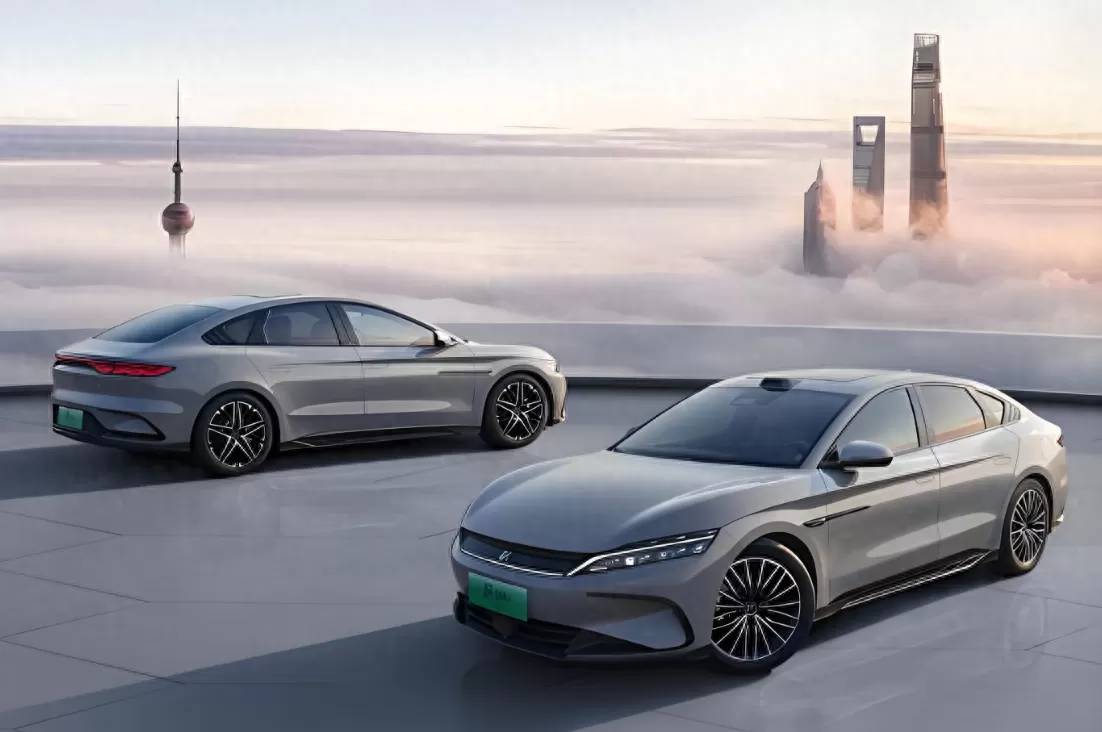Xiaomi's car brand, although a newcomer, has frequently made headlines. Its first model, the Xiaomi SU7. has garnered considerable attention before and after its launch. According to the latest data, the Xiaomi SU7 received 88.898 pre-orders within 24 hours of its release. Achieving nearly 90.000 pre-orders can indeed be considered a remarkable milestone in the automotive industry.
Whether these pre-order numbers are genuine or not, we cannot be certain. However, I believe that the primary audience for this car comprises Xiaomi enthusiasts, tech influencers, automotive media, and those skilled at generating online traffic. Even among ordinary consumers, those who can afford this car are typically financially well-off. What do you think?

In terms of pricing, despite having only three models, the Xiaomi SU7 spans a broad range from 215.900 to 299.900 yuan, positioning it against several competitors. Online reviews suggest that the pricing is seen as having good value and competitiveness. The impressive pre-order numbers also support this view.
Opinions about the Xiaomi SU7 and Xiaomi’s automotive endeavors are polarized. Some claim that the hype is solely due to CEO Lei Jun's marketing efforts, with no groundbreaking new technologies or visible research and development framework in the car. They argue that the car’s most notable feature is its integration with the Xiaomi ecosystem. Conversely, others believe the Xiaomi SU7 is competitive across various aspects, demonstrating solid craftsmanship in design, intelligence, driving experience, and range. What do you think?
Reflecting on the Xiaomi SU7’s overall performance, it's evident that its design incorporates some "borrowed" elements. Nonetheless, this design stands out on the road and among contemporary electric vehicles. Additionally, the car offers nine color options, all of which have received positive feedback, allowing consumers to choose according to their preferences and personalities.
The interior design also features distinctive elements, such as a floating central touchscreen with no physical buttons underneath, but with interfaces for external expansion. Several areas have built-in mounts for phone holders, which is a fun detail. The rear also has reserved slots for tablet mounts, offering more DIY options for consumers.
Regarding power and range, the base model of the Xiaomi SU7. which is the least expensive, is equipped with a 73.6kWh lithium iron phosphate blade battery from BYD, providing a CLTC range of 700 kilometers and accelerating from 0 to 100 km/h in 5.28 seconds. While these numbers aren't particularly striking, they should suffice for most people's travel needs. The most expensive model accelerates from 0 to 100 km/h in 2.78 seconds, using CATL batteries with a CLTC range of 800 kilometers.
With the launch of the Xiaomi SU7. Xiaomi has made a strong debut in the automotive market. Whether the Xiaomi SU7 will face any scandals or gain widespread approval post-delivery remains to be seen. We will be watching!






